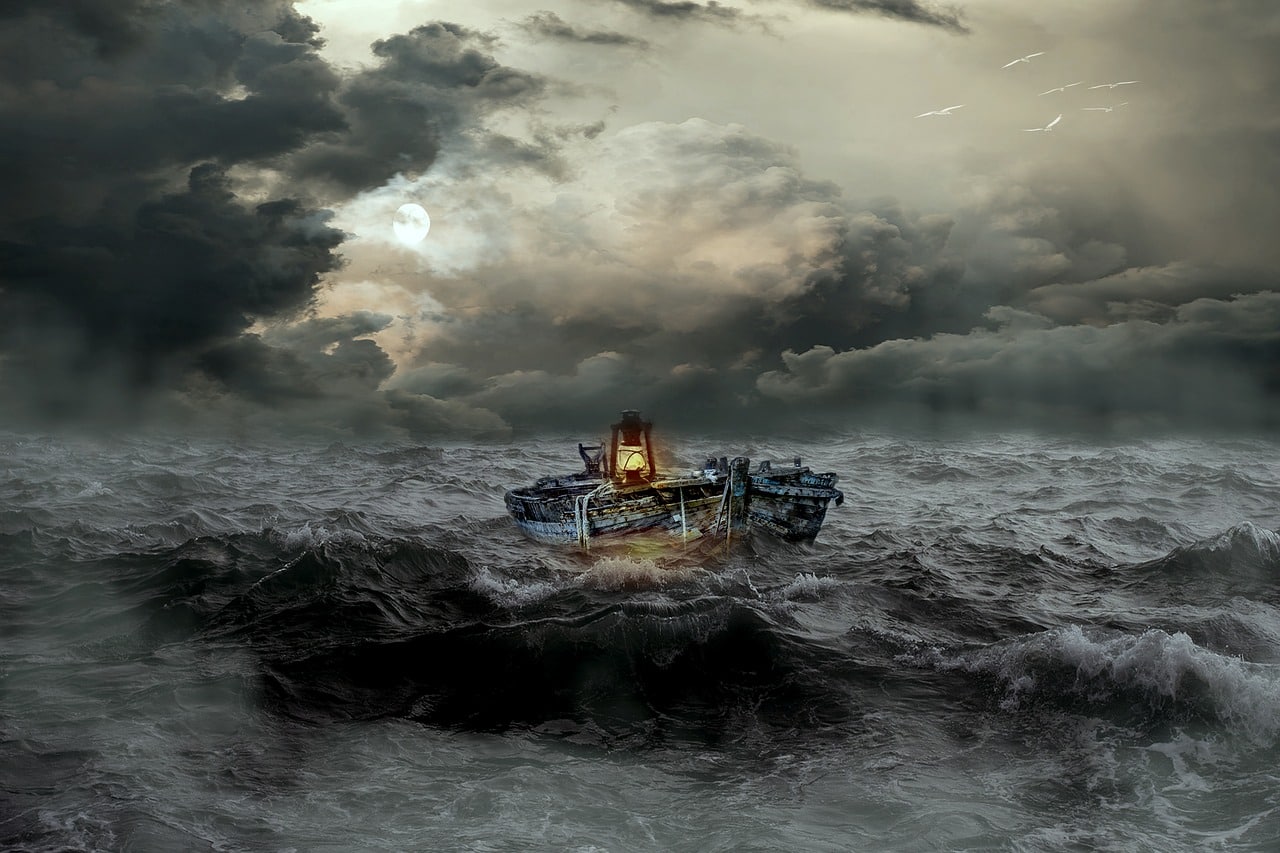Since most of the ocean is considered to remain a mystery since the beginning of time, as only 5% thereof have been explored, have you ever wondered, just how dangerous can the ocean be?
If you think about the factors that contribute to what is described as a “dangerous” ocean, sharks, storms, sinkholes and tidal waves, or perhaps even pirates may come to mind.
The most dangerous oceans include the East Indies, Black Sea, British Isles, South China Sea, the North Sea and the eastern Mediterranean Sea.
All of these, may sound unfamiliar when compared to oceans that are routed on maps, but why?
Well, in these oceans, many shipping accidents, for instance, have occurred in the last 15 years. This statistic includes mostly cargo ships and then, of course, some fishing vessels, which accidents are linked to weather and not receiving proper maintenance.
Not only do these accidents lead to many people losing their lives, but also poses an environmental risk to the ocean, due to oil spills when a ship sinks or gets damaged.
Extreme weather, as a result of global warming, along with an excessive increase in ship fleets, presents the idea that the environmental problem will only worsen.
Antarctica, another deadly ocean
While many oceans are dangerous out there, many forget just how treacherous the Southern Ocean, alongside Antarctica, can be.
Although it is known for having a lot of ice, the ocean also lacks a northern border, which means that it meets with other oceans.
It is one of the deadliest oceans, as ships struggle to travel through these waters, due to the harsh climate. The idea that an iceberg can form at any time can be quite scary and extremely dangerous. When ships seek help, it’s next to impossible to reach them in time, as this ocean is very difficult to navigate and ships, hard to locate.
High winds also make these oceans susceptible to storms and an increased risk of danger, including high waves.
Get bottled water coolers and mains water coolers from Living-Water.






